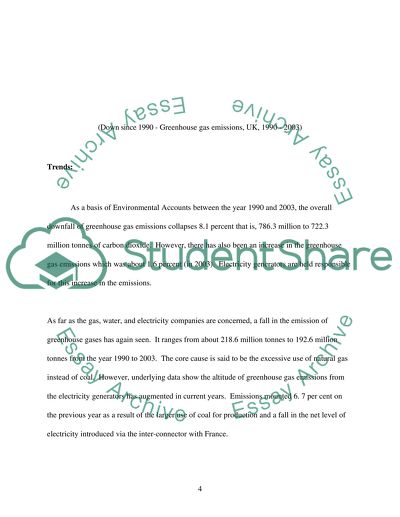Cite this document
(Air Pollution and Its Threats Case Study Example | Topics and Well Written Essays - 1750 words, n.d.)
Air Pollution and Its Threats Case Study Example | Topics and Well Written Essays - 1750 words. Retrieved from https://studentshare.org/environmental-studies/1565369-assignment-u52005
Air Pollution and Its Threats Case Study Example | Topics and Well Written Essays - 1750 words. Retrieved from https://studentshare.org/environmental-studies/1565369-assignment-u52005
(Air Pollution and Its Threats Case Study Example | Topics and Well Written Essays - 1750 Words)
Air Pollution and Its Threats Case Study Example | Topics and Well Written Essays - 1750 Words. https://studentshare.org/environmental-studies/1565369-assignment-u52005.
Air Pollution and Its Threats Case Study Example | Topics and Well Written Essays - 1750 Words. https://studentshare.org/environmental-studies/1565369-assignment-u52005.
“Air Pollution and Its Threats Case Study Example | Topics and Well Written Essays - 1750 Words”. https://studentshare.org/environmental-studies/1565369-assignment-u52005.


